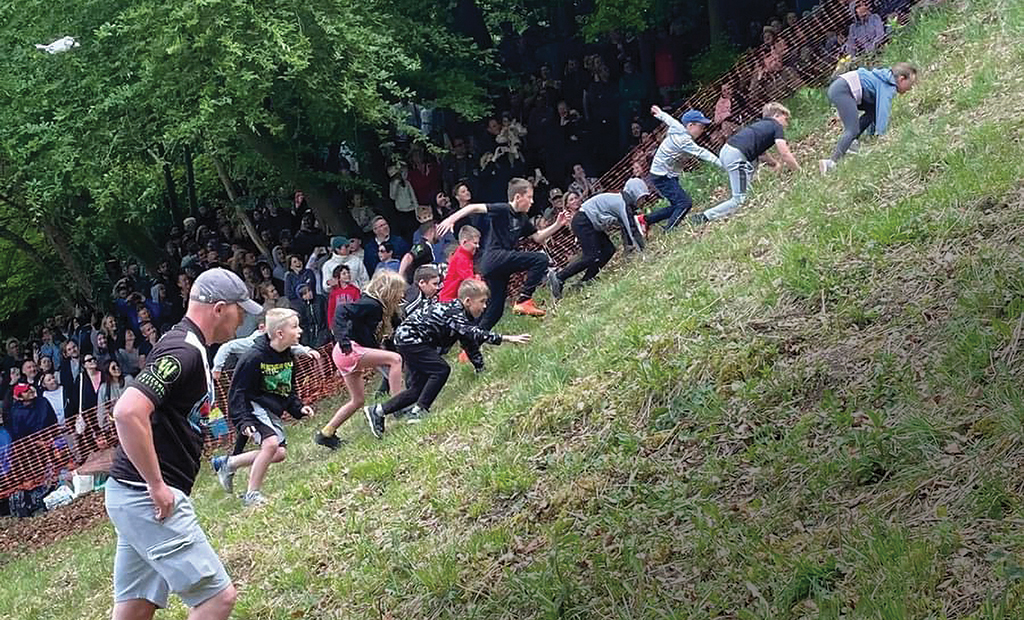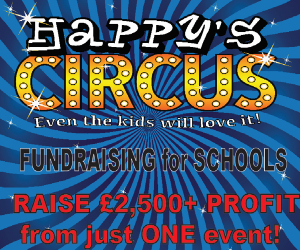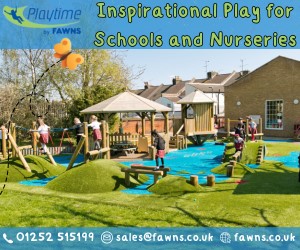Britain has a rich heritage of folk tradition. But while most people are aware of maypoles and morris dancing, many of our songs, dances, stories and rituals are unknown to children today. It wasn’t always this way – historically, children would have taken part in local traditions on feast days.
As industrialisation shifted the population into cities, the Victorians and Edwardians recorded and regenerated folk traditions that were at risk of being lost. ‘One of the legacies of the great Edwardian folk song collector Cecil Sharp and his collaborators was books and recommendations about teaching folk songs, dances and traditions in primary schools,’ says musician and researcher Angeline Morrison. ‘He felt, and I agree, that this should be part of all children’s education and sense of heritage. The practice continued until the 1960s but subsequently fell out of favour.’
This shift was partly a result of rapid social changes, but there were other factors, too. ‘There’s a hesitation to embrace our folk heritage now,’ says Les Back, professor of sociology at the University of Glasgow. ‘The association with nationalism and imperialism has meant we’ve stopped listening to our past, the regional diversity, the songs and traditions. Many young English people, in particular, think they don’t have a folk tradition.’
Going local
If you’re lucky, you may be able to find local initiatives that already work with schools. For example, the Friends of the South Downs runs projects that involve talking to schools in Sussex and Hampshire about history, tradition and folklore. One such undertaking is a Folklore Map of the South Downs, led by community historian and heritage consultant Chris Hare. ‘I visit schools, giving illustrated talks about local folklore,’ says Chris. ‘I also take children out into the South Downs, introducing them to the history, archaeology and folklore. Children’s imaginations are limitless so they love folklore!’
In some places, folk traditions are alive and well. Today, events such as Obby Oss day in Padstow, Lewes Bonfire, Up Helly Aa in Lerwick, the tar barrels of Ottery St Mary, the Horn Dance in Abbot’s Bromley, Jack in the Green in Hastings and the Burryman of South Queensfield attract large crowds. Schools and PTAs in these areas often participate in the celebrations as well.
Cheese please
In Gloucestershire, the cheese rolling at Cooper’s Hill has become a spring bank holiday spectacle. People come from far and wide to chase a large round of Double Gloucester down the very steep hill. ‘The whole village of Brockworth is proud of its unique tradition, and most make the trip up Cooper’s Hill to spectate,’ says Kathryn Bell, co-chair of the Friends of Castle Hill School (200 pupils), the closest school to Cooper’s Hill. ‘The children get involved by helping wrap the cheeses before they are flung down the hill. Many of them also take part in the children’s uphill race. As they get older, some join in the downhill races, which are a bit more risky.’
Because the cheese rolling is such an important event, in 2024 the Friends ran a fundraiser the week before: the Brockworth 3 Peaks. ‘The steep route is three miles from the school to the top of Cooper’s Hill and back,’ says Kathryn. ‘More ambitious walkers can add in two more local hills. In 2024, more than 100 participants helped us raise over £1,400 for the school.’
Well, well, well
Another vibrant tradition is well dressing (decorating), found especially in Derbyshire. ‘Our village has a well dressing every year, and all the local groups get involved, each decorating a clay board,’ says Joanne Caplin, vice-chair of Aston School Parents’ Association (197 pupils). ‘All the children at the school can create a design based on our chosen theme for the year, and the PTA choose the winner.’ This design is drawn onto clay on a framed board. ‘Throughout well dressing week, each class adds some colour with petals and other natural materials until every inch is filled.’
The well dressing committee places the boards around the village. ‘There are stalls, games and entertainment throughout the weekend,’ says Joanne. ‘The PTA also holds a rainbow raffle. It’s one of our big annual earners, as everyone wants to support the school. We’re raising money for two new trim trails, and we’ve already raised £17,000 to buy the first one.’
In with the new
Some may dismiss morris dancers and view folk traditions as outdated activities with little relevance to modern life. But the essence of folk culture is about celebrating the people and looking ahead.
Les is keen to emphasise: ‘Folk traditions are living, evolving practices, not simply repetitive actions; they may carry the traces of history, but at the same time they are constantly being made anew.’ Chris adds: ‘Some folklore stories and beliefs diminish and are forgotten, while others evolve and change and entirely new ones emerge.’ For instance, costumes worn in the Lewes Bonfire parades have evolved over the years to reflect the values of a shifting society; Angeline has composed traditional-sounding songs that are new interpretations of the lives of historic Black Britons on her album The Sorrow Songs; The Friends of Castle Hill School hope to establish the Brockworth 3 Peaks challenge as a new tradition, further embedding the school within the community.
The potential for fundraising, along with the opportunity to make local history come alive and connect with the community, means that folk traditions can serve as rich resources for PTAs and schools.
- Download a folklore map of the South Downs






.gif)




